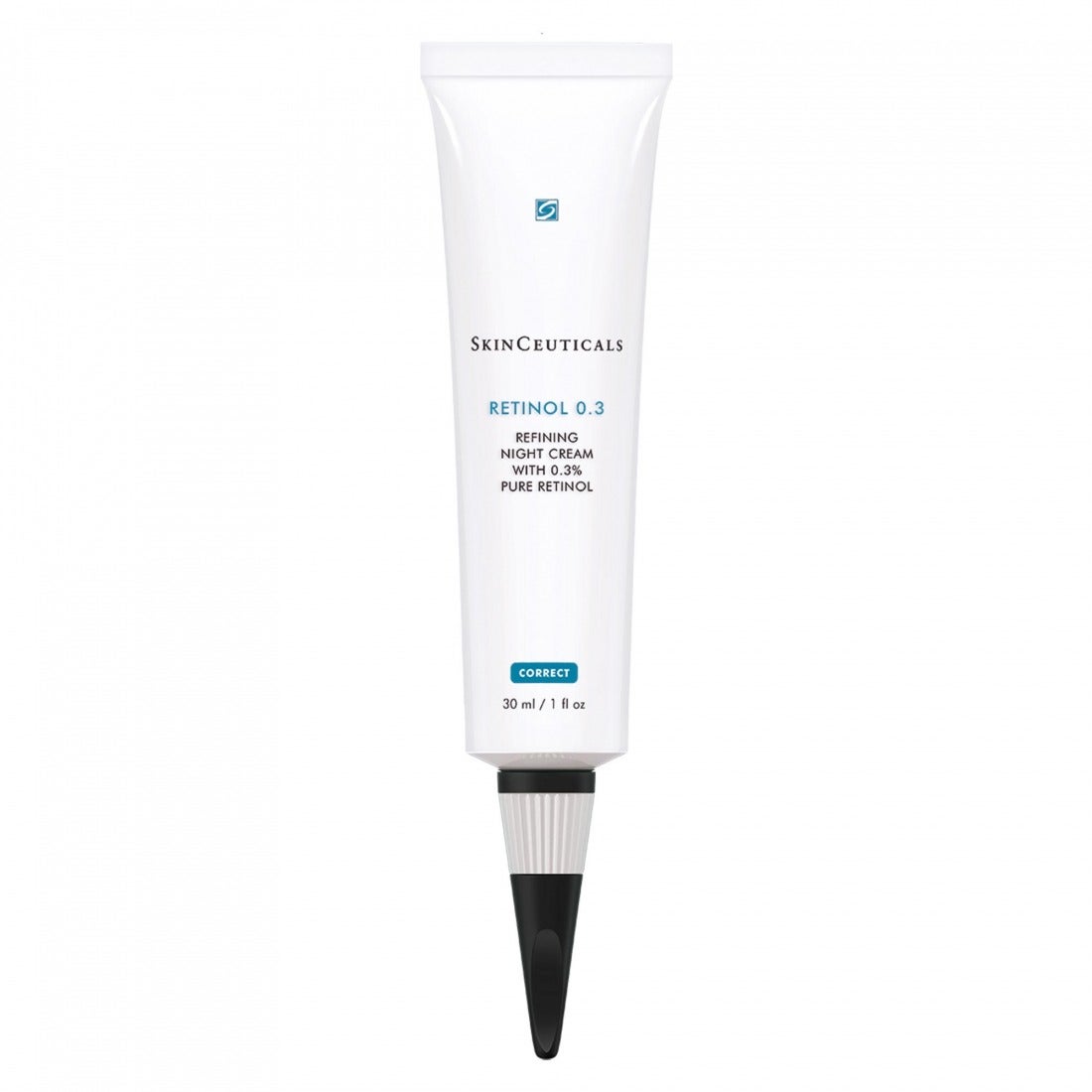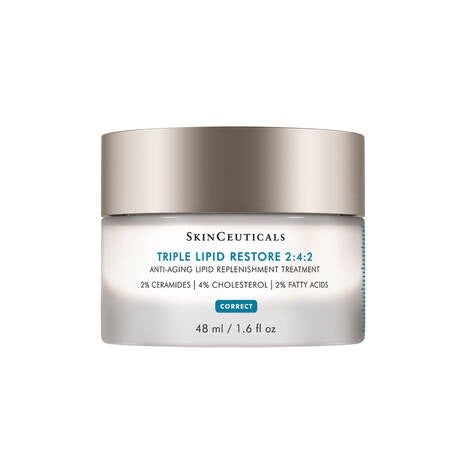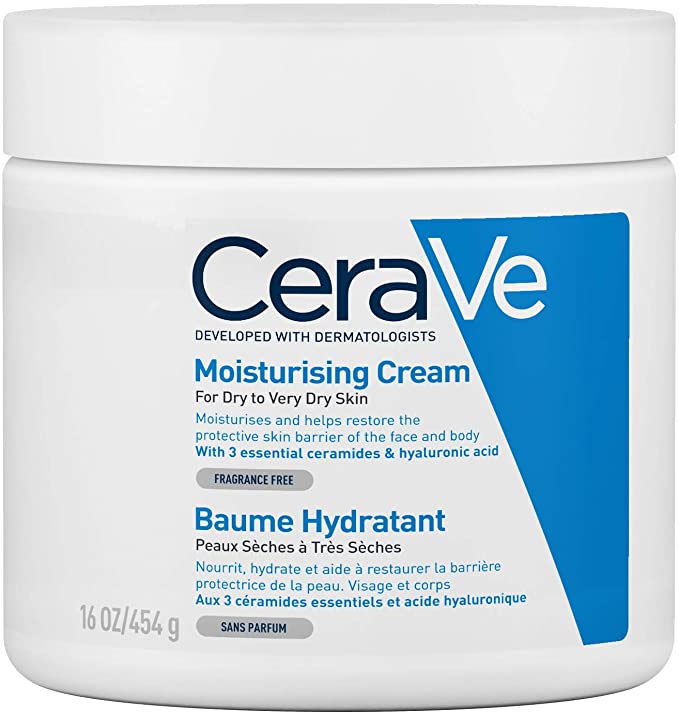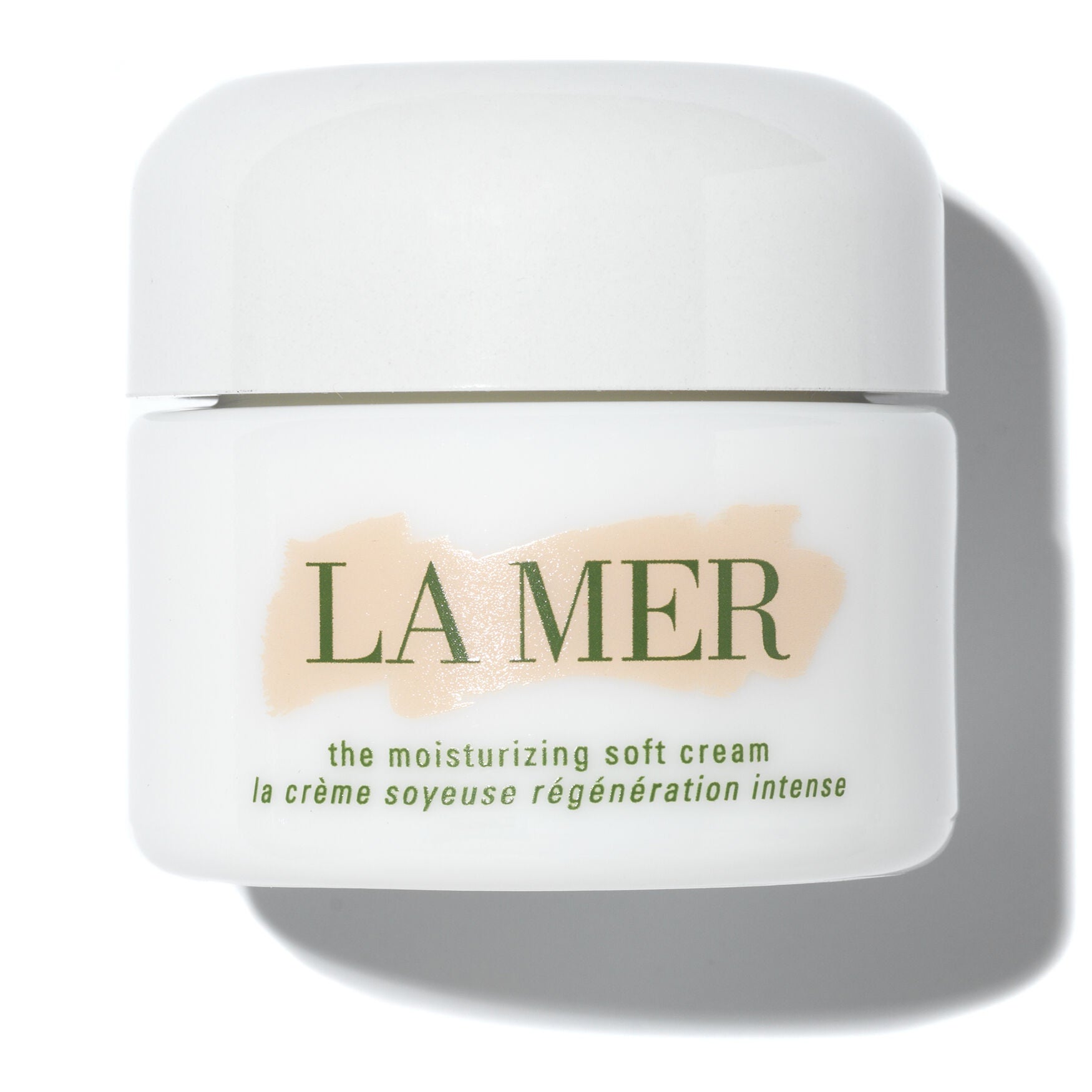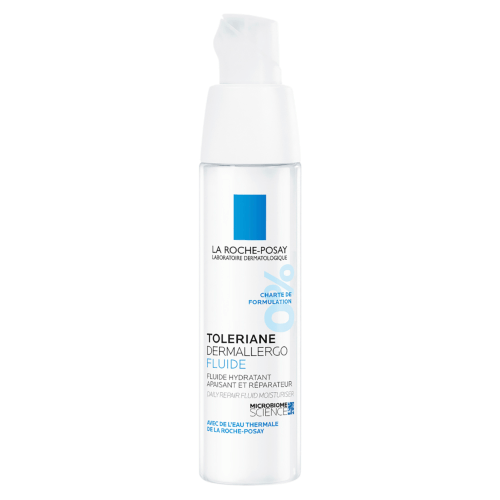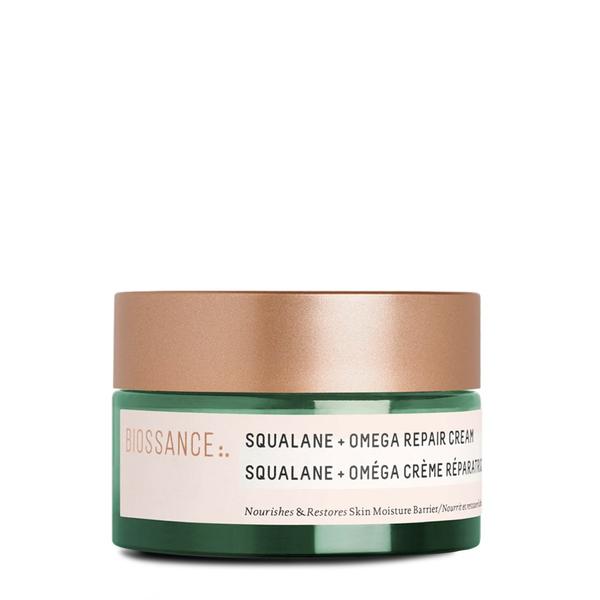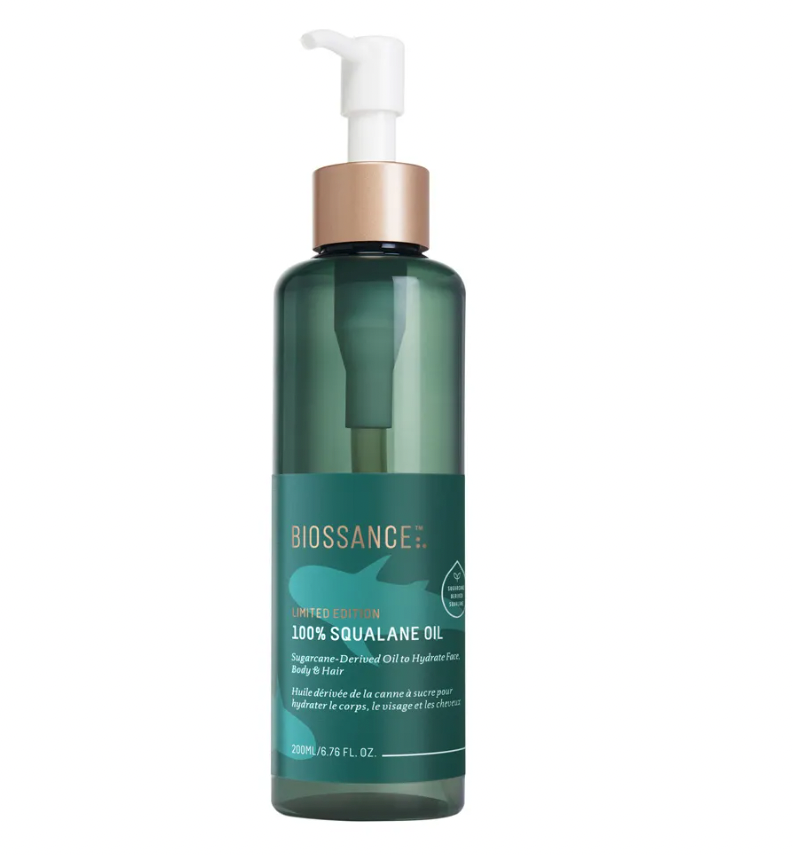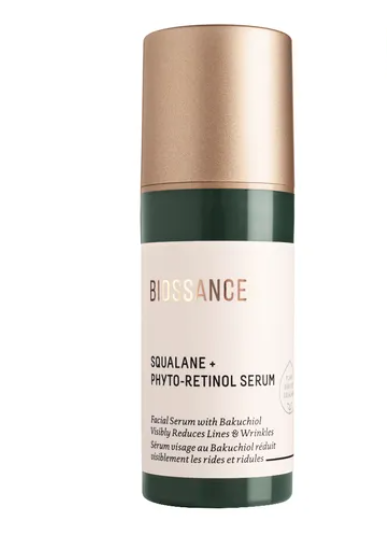Don’t Use Retinol Until You’ve Read This Beauty Expert’s Golden Rules
Illustration by Olivia Santner
Dear Daniela,
I’m about to start using retinol for the first time and while I am really excited about it, I’m also slightly nervous. I’ve heard it often makes your skin really sensitive and sore, and can even make it peel! Also, I know retinol is a very strong ingredient so I don’t want to use too much or use it too often and damage my skin. How should I start safely? Is there any way to minimise the chances of it really irritating my skin?
Vanessa, 27
Vanessa, 27
At Refinery29 Australia, we’re here to help you navigate this overwhelming world of stuff. All of our picks are independently selected and curated by the editorial team, but we may earn commission or other compensation from the links on this page.
AdvertisementADVERTISEMENT
Ah, the retinol uglies. It’s a path many skincare enthusiasts have walked down, just off the highway known as 'skin barrier damage', past 'sadly, keeping your serums in the fridge doesn’t do anything' creek and around the corner from 'no, a makeup wipe isn’t enough' valley.
I started using a very gentle retinol (SkinCeuticals Retinol 0.3% Cream, to be exact) about five years ago and had no reaction whatsoever. I thought my skin was somehow special and different, and I got cocky. I moved onto the next level up (0.5% on the SkinCeuticals ladder) without a care in the world and boy, was I wrong. I never got any itching or soreness but my goodness, the dryness. No amount of moisturiser or creamy foundation was enough — my skin was dry, dry, dry, from dusk ‘til dawn. This period lasted for about four or five months until, happily, my skin got used to it. Now, I use a prescription strength retinoid without any problems at all.
Had I known there was another way, there is a lot I would have done differently. "To put it as simply as possible, retinoids work by revving up the cellular turnover in the superficial epidermis — that’s the top layer of skin," confirmed dermatologist Dr Ranella Hirsch. This cellular turnover gives retinoids their superpowers, making them efficient at acne control, fine line prevention and improving the appearance of scars and pigmentation. However, this turnover is also responsible for the flaky skin that you often see, said Dr Hirsch. "New cells are being created in a lower, deeper part of the skin but because the cell turnover is accelerated, we see more cells that are at the end of their life cycle. The ones which are essentially falling off are pushed to the surface, hence the flaking."
AdvertisementADVERTISEMENT
So how can you mitigate this? One popular technique is the so-called moisturiser sandwich, which Dr Hirsch suggested. Essentially, you apply a thin layer of a neutral moisturiser (something without fragrance or actives, like CeraVe's Moisturising Cream or La Roche-Posay Toleriane Cream), then apply your dab of retinol and follow up with more moisturiser after about 20 minutes. The lotion acts as a kind of buffer, helping to relieve the stinging, soreness and flaking. Personally, I just apply my retinol to bare, dry skin (dry is important — there’s a school of thought that damp skin might exacerbate the stinging and irritation so no, thank you), then apply moisturiser about 20 minutes later. I love SkinCeuticals Triple Lipid Restore or La Mer Moisturising Soft Cream but CeraVe's Moisturising Cream is brilliant, too.
Special techniques aside, your success will largely be down to how much retinol you use, how strong it is and how often you use it. Dr Hirsch said to taper in your use gradually, even if you don’t have much of a reaction the first few times you try it. (Consultant dermatologist Dr Anjali Mahto, who prescribed me my retinol, pointed out that the reaction often comes after 48 hours or maybe even longer so don’t be tempted to use it every night straightaway.) "Start just using it two nights a week, and stop using any other active ingredients," advised Dr Hirsch. That means no peels, chemical exfoliants or scrubs. She also suggested switching to a very mild, gentle cleanser and finishing with a thick layer of moisturiser.
AdvertisementADVERTISEMENT
In terms of specific ingredients, Dr Hirsch said that ceramides, other fatty acids and squalane are a good bet: hydrating and skin-softening but unlikely to cause irritation, you can find all of these things pretty easily. Biossance’s entire range is infused with squalane, CeraVe is packed full of ceramides and the SkinCeuticals cream I mentioned has ceramides and other fatty acids to help lock in moisture. Dr Hirsch said that once your skin has fully adjusted to the retinol, you can think about adding other active ingredients back in – but take your time and don't rush. Even with all the right steps and products, you’ll probably still experience some irritation at first. According to Dr Hirsch, as long as it’s only mild flaking, rather than active stinging or burning, it should pass. If it’s actually hurting you or making your skin tender, stop, take a step back and consider speaking to a dermatologist.
Good luck!
Daniela
Want more? Get Refinery29 Australia’s best stories delivered to your inbox each week. Sign up here!
AdvertisementADVERTISEMENT







